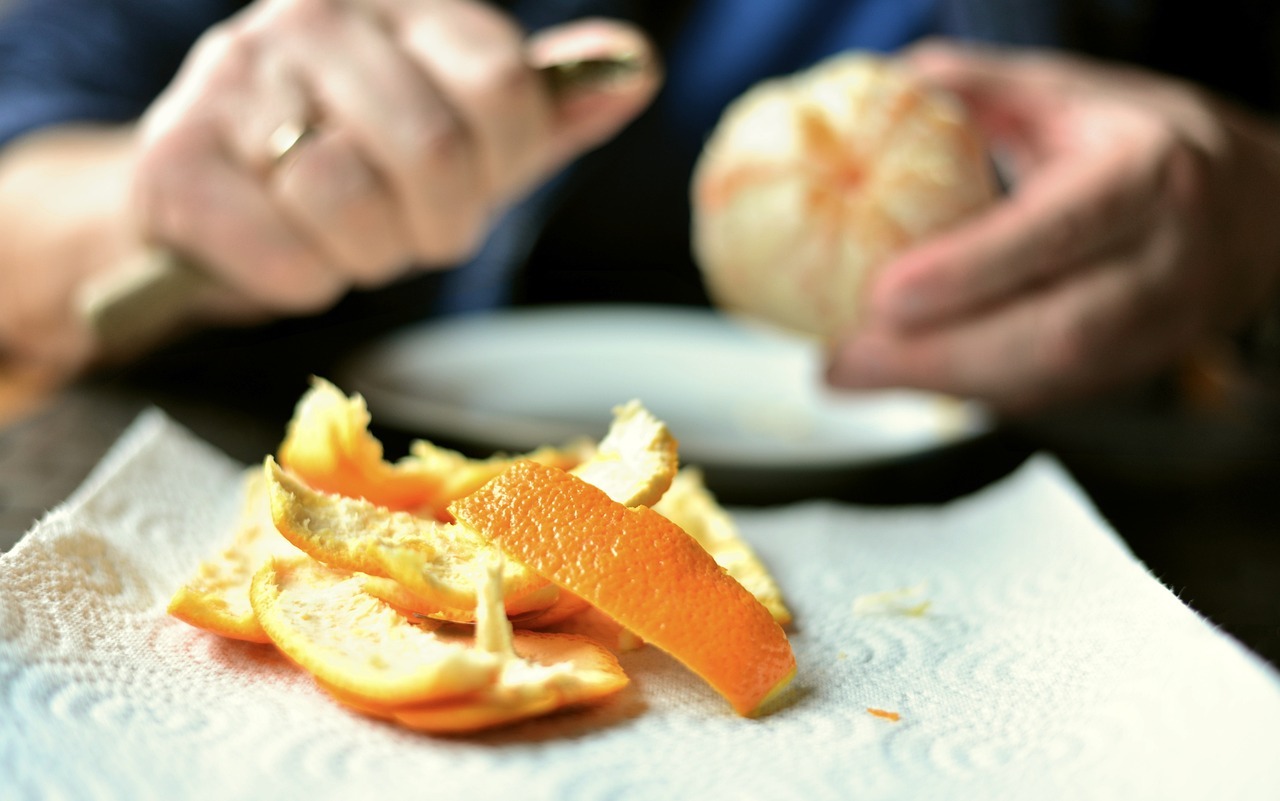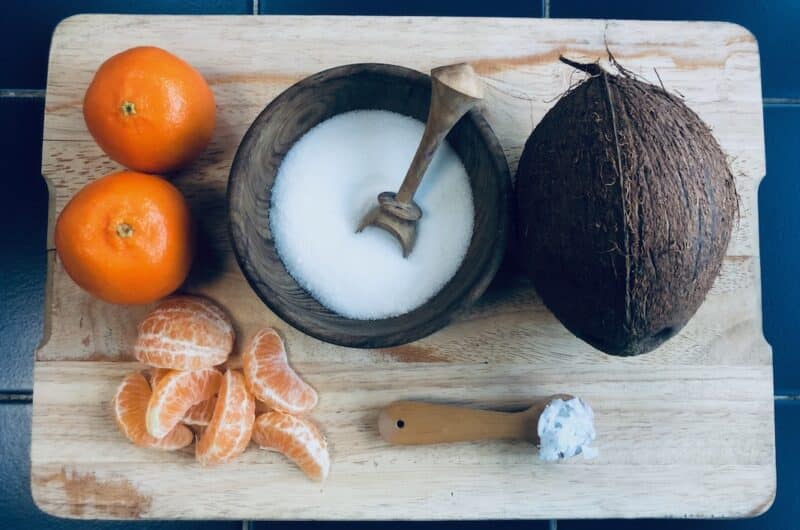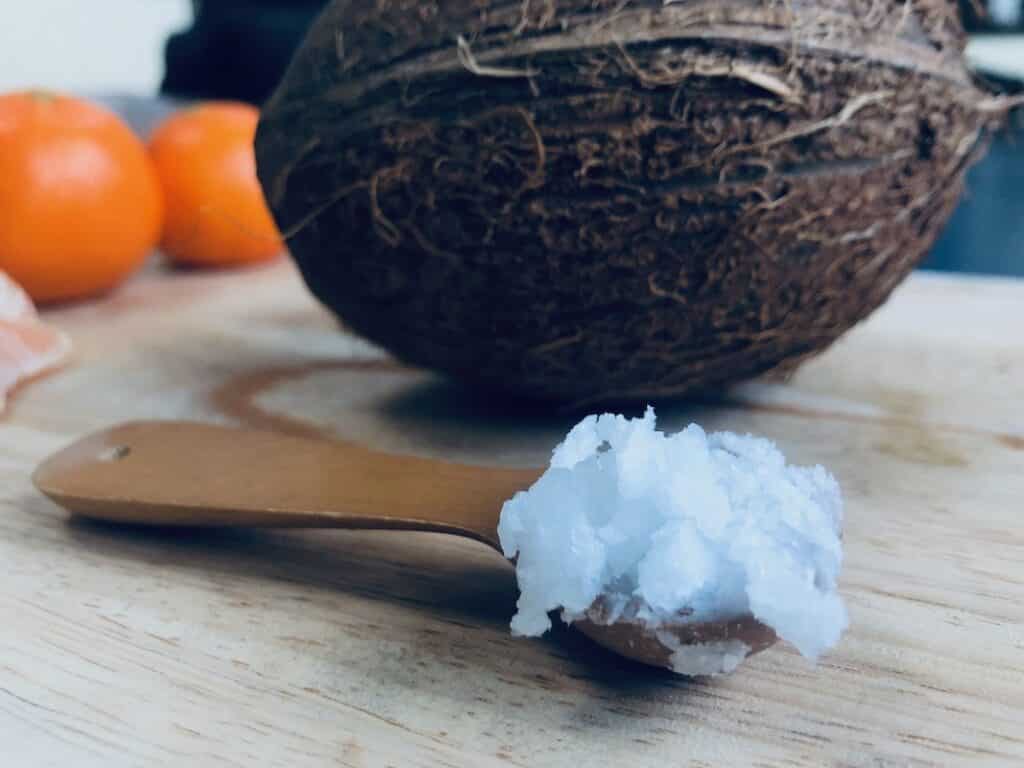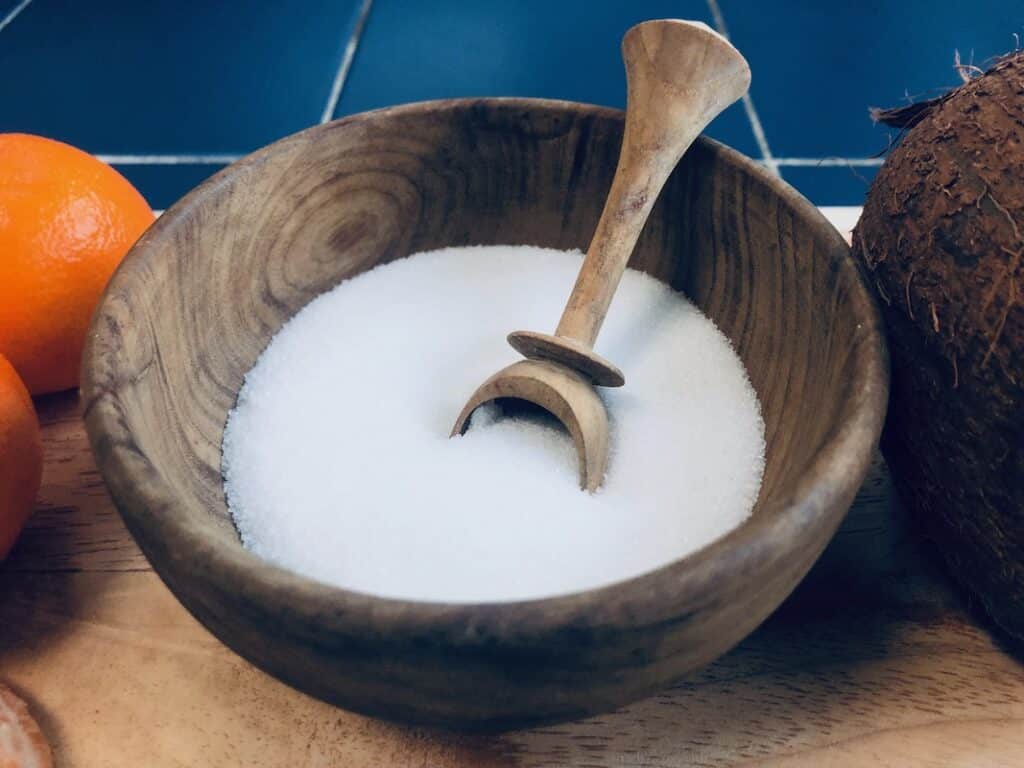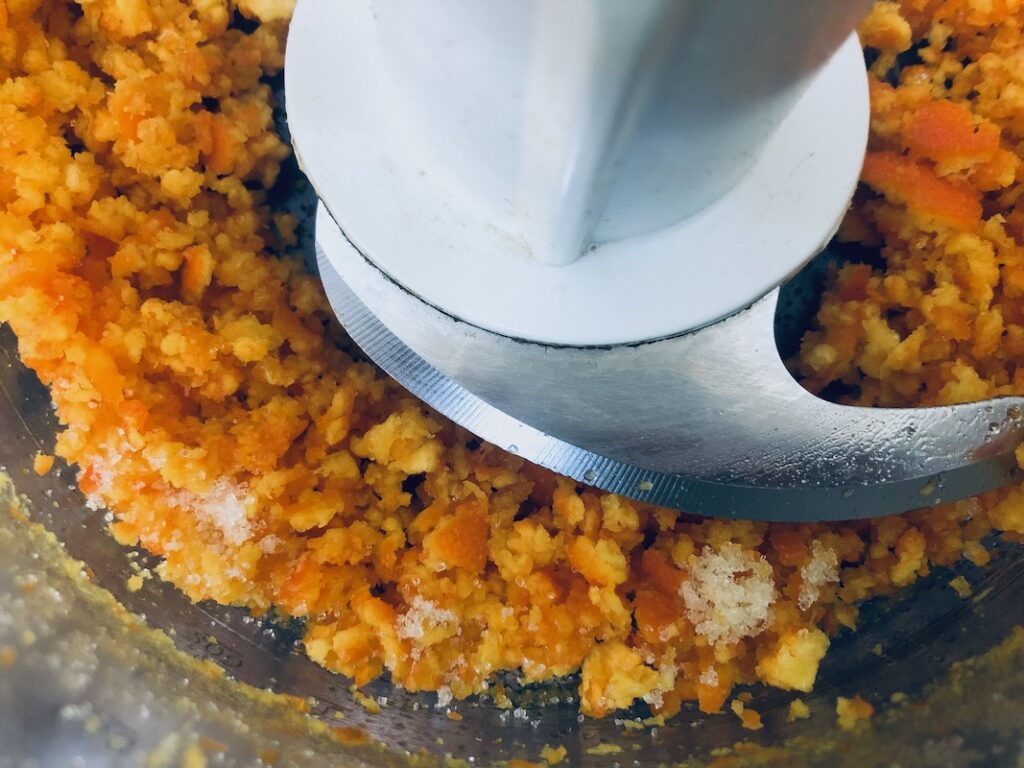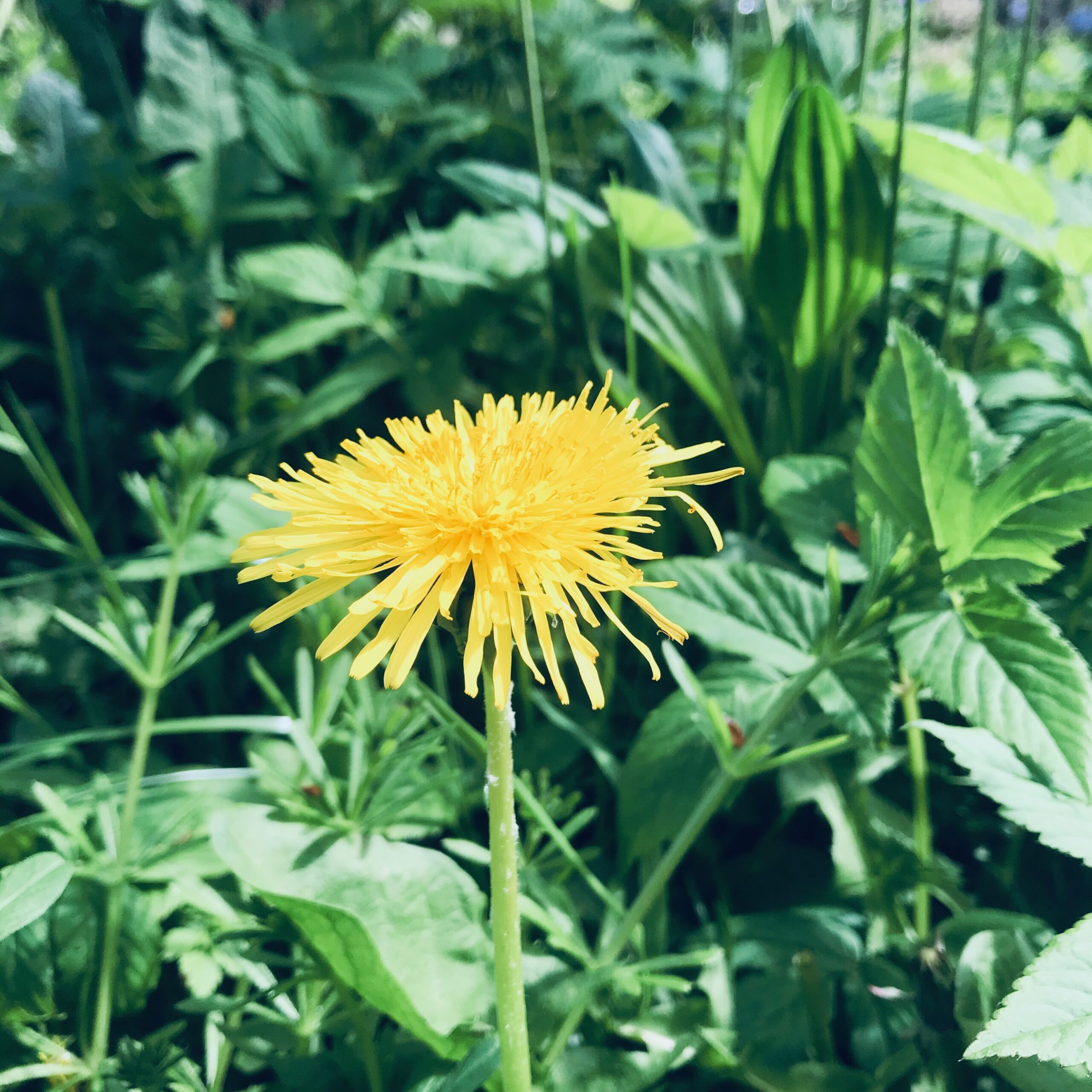Zero Waste Recipe : Orange Peel Skin Scrub
Don’t discard your fruit peels!
There is so much we can do with fruit peels, it seems nonsensical to simply toss them away with the trash. That’s wasteful, and as we can see from the current state of our planet certainly not sustainable. Now don’t get me wrong, of course saving fruit peels won’t miraculously cure the climate crisis, but been more conscious of the food scraps we choose to throw away will bring us one small step closer to living a more healthy, nature connected, and waste free lifestyle.
Fruit peels are full of so much goodness that it’s fruitless to discard them. Throwing them away is not only wasteful, it dishonour the energy and resources it takes to grow, harvest, and globally distribute these delicious foods. Although that’s another story for another time… For now let’s concentrate on the peel itself, which, depending on what peel you use can make amazing homemade plant fertilisers, cleaning products, delicious edibles, and your own skin and haircare products.
Lots of fruit and vegetable peels are rich in vitamins, minerals, fiber, and antioxidants. When applied to the skin, for example, these healthy rinds can nourish and defend against damage, dryness, and even early ageing. Eating fruits and vegetables is certainly one way of gaining the nutrition from these foods, yet as the peel is one of the most nutritious parts of a plant why not extract these benefits too!
For this blog post I shall concentrate on the delectably juicy orange – the tangerine, mandarin, satsuma, and clementine. These delicious citric fruits are in season at this time of the year, and often plentiful – depending of course on where you live and buy your edibles.
For our natural health and wellbeing we advocate for organic produce where possible!
Down below I have shared a homemade recipe to make a skin nourishing Clementine Peel Scrub.
It’s quick, easy, with only 3 ingredients. Though before we get into that, let’s look at some of the reasons why not to throwing our orange peels away, and how we can use this precious natural resource instead.
Why we should stop throwing away our orange peels, from a sustainable point of view:
- Reduced Food Waste: By utilizing orange peels instead of discarding them, we can reduce the amount of food waste that ends up in landfills. Food waste contributes to greenhouse gas emissions when it decomposes anaerobically in landfills, releasing methane, a potent greenhouse gas.
- Resource Conservation: Orange peels contain valuable nutrients such as vitamins, minerals, and fiber. Instead of wasting these resources, we can repurpose them for various uses, conserving resources and reducing the need for additional inputs in other processes.
- Composting: Orange peels are organic matter that can be composted. Composting orange peels along with other organic waste helps create nutrient-rich compost, which can be used to improve soil health and soil fertility. This reduces the need for synthetic fertilisers, which can have negative environmental impacts during production and use.
- Bioenergy Production: Orange peels can be used to produce bioenergy through processes such as anaerobic digestion or pyrolysis. By converting orange peels into bioenergy, we can reduce reliance on fossil fuels and mitigate greenhouse gas emissions associated with energy production.
- Alternative Uses: Orange peels have various alternative uses, such as making natural cleaning products, flavouring agents, or even crafting materials. By finding creative ways to use orange peels, we can reduce the demand for synthetic chemicals and materials, promoting a more sustainable lifestyle.
Overall, by stopping the practice of throwing away orange peels and instead finding ways to repurpose or recycle them, we can contribute to a more sustainable and resource-efficient society.
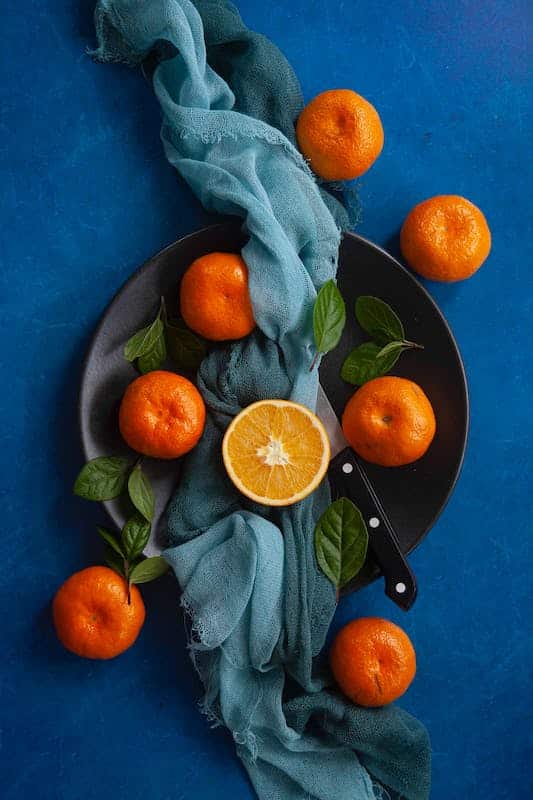
Why we should not throwing away our orange peels, from a skin health point of view:
The whole of an orange fruit is edible, delicious and extremely healthy for us. Yet for some reason citrus peels are a woefully underused and wasted part of the fruit. While we know oranges are rich in vitamin C, the peels are often overlooked despite being packed with nutrients like fiber and antioxidants. These compounds offer various benefits for skin health, including tightening, toning, and brightening. Additionally, orange peels possess anti-inflammatory and antimicrobial properties, making them an ideal ingredient for our skincare routines.
- Rich in Nutrients: Orange peels are packed with nutrients such as vitamin C, fiber, and antioxidants like flavonoids and polyphenols. These nutrients are beneficial for overall health and can contribute to maintaining healthy skin.
- Skin Benefits: The natural oils present in orange peels have astringent properties that can help to tighten and tone the skin. Additionally, the vitamin C content in orange peels can promote collagen production, which is essential for maintaining skin elasticity and reducing the appearance of wrinkles.
- Anti-inflammatory Properties: Compounds found in orange peels, such as limonene and flavonoids, have anti-inflammatory properties. Incorporating orange peel extract or zest into skincare routines may help soothe irritated skin and reduce redness and inflammation.
- Antimicrobial Effects: Orange peels contain natural antimicrobial compounds that can help fight against acne-causing bacteria and other pathogens when applied topically. This can contribute to clearer and healthier skin.
- Exfoliation: The texture of dried and powdered orange peels makes them an excellent natural exfoliant. When used in skincare products or homemade scrubs, orange peels can help remove dead skin cells, unclog pores, and promote a smoother complexion.
- Skin Brightening: The natural acids present in orange peels, such as citric acid, can help to brighten and even out skin tone by gently exfoliating and removing dull, dead skin cells. This can result in a more radiant and glowing complexion.
By utilising orange peels in skincare routines or incorporating them into diet and nutrition, we can harness their beneficial properties. Instead of discarding them we can incorporating orange peels into both skincare and diet to enhance our overall health, reduce waste, and promote radiant, healthy-looking skin.
How we can use orange peels
There are so many ways to use citrus peels. Here are just a few ideas:
- Dry them and use as fire lighters.
- Create delightful sweet smelling decorations for you mantel piece, or to hang on the Christmas tree when the season comes back around.
- Make citrus sugar sweets, or use the peel to create a delicious zesty marmalade.
- Rub he pithy side of an orange peel on the inside of your mug to remove coffee stains.
- Throw a handful of peels into your bath tub for an invigorating bath. The heat of the water releases the beautiful scent of citrus.
For your skin mix fresh peel (or dried orange peel powder) with yoghurt, for a rejuvenating face pack. Apparently this can also help remove fake tan, though I’ve never tried this myself.
As with the recipe below, you can also make a moisturising scrub to gently exfoliate your skin.
Zero Waste Recipe : Orange Peel Skin Scrub
10
minutes3
minutes15
minutesEnhance your sustainable skincare routine with this zero-waste recipe: a moisturising, anti-aging, rejuvenating, and nutrient-rich orange peel skin scrub.
Ingredients
2 clementines (40g rind)
40g caster sugar (3 tablespoons)
20g coconut oil (3 tablespoons)
Directions
- Blend clementine peels in a blender.
- Melt the coconut oil, then mix with the clementine peels.
- Add the sugar, blend all 3 ingredients together in a blender.
- Spoon into a glass jar or other recycled container, and use as needed.
Notes
- Scrub will keep fresh in the refrigerator for 2-3 weeks.
- This gentle scrub recipe makes enough to use on your skin everyday. If you intend to use it only once or twice a week I recommend making half quantity.
- For this recipe, I aimed for extra moisturization to make it suitable for facial use, and as my skin is very dry at the moment. To create a more exfoliating scrub, adjust by adding more sugar or reducing the amount of coconut oil. Take care not to scrub too hard on your face if you increase the sugar content, as facial skin is softer and more sensitive.
- You can also substitute clementines for orange, mandarin, tangerine, or satsuma peel
To get you in the orange peel mood… Time for a song me thinks!
What is the difference between oranges, mandarins, tangerines, clementines and satsumas?
There are so many nuances to these delectable orange fruits, no wonder we interchange their names, mistaking a tangerine for a mandarin, or a mandarin for a satsuma or clementine. & as this is not my area of expertise I will not attempt to try to explain, let alone understand, these nuances. Yet a simple idea of the different characters of these fruits might be useful.
- Oranges are second in size to the grapefruit. Round in shape, this citrus fruit has a thick skin and a tart flavour.
- Mandarins are a type of orange and the overarching category that Tangerines, Clementines, and Satsumas fall into. A little flatter in shape, they are generally smaller and taste sweeter than oranges. They have a thinner, looser skin that makes them easier to peel.
- Tangerines are a specific type of Mandarin orange. Bright orange in colour, they are harder to peel, with a slightly rougher and tougher skin. Their flavour is a little less sweet than Mandarins, with a bit more tartness. They are a hardier fruit that’s less likely to bruise, and more cold tolerant than larger orange variety.
- Clementines (Citrus clementina) are the smallest type of mandarin orange. Like the tangerine, it’s a sweet, easy to peel citrus fruit. They have a bright orange or red-orange skin (peel) which is smooth and shiny. They are easier to peel than tangerines. In fact they are one of the easiest mandarins to peel as they have a thin skin. Just like tangerines, clementines are also more cold tolerant than larger orange varieties. They are also super sweet, and seedless.
- Satsumas are also a specific type of mandarin orange, and the easiest variety to peel. Apparently first reported in Japan more than 700 years ago, satsumas are a lighter orange colour. They are sweet, juicy, and seedless. Although the most tender of these fruits, their peel is thin and can easily damage.
